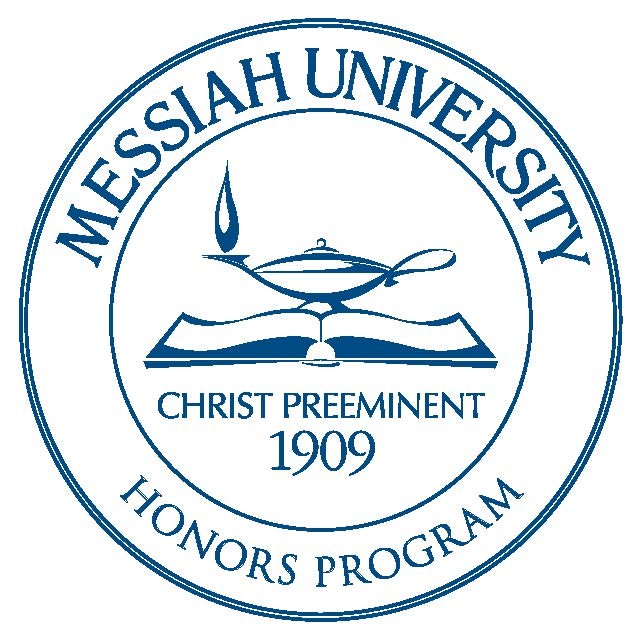Date of Award
2016
Document Type
Thesis
Degree Name
Bachelor of Science (BS)
Department
Mathematics, Physics and Statistics
First Advisor
Dr. Matthew Farrar
Abstract
The detection of HIV in infants, especially in areas where the virus is widespread, is essential to reducing the number of infant deaths from this disease. Current methods for detection involve testing either for the antibodies (serological testing), or testing for the presence of the virus itself (virological testing). In the area of serological testing, there are tests such as enzyme immunoassay and the Western blot assay. Virological tests – such as Polymerase Chain Reaction (PCR), HIV RNA assays, and assays for a HIV core protein – look for the viral nucleic acids or viral products. The PCR test, which is the current standard for HIV diagnosis in infants, involves amplifying the viral DNA. However, this test can take several hours to complete, especially for low infection levels. It also only returns a qualitative result – whether or not the patient has the virus. In order to determine the viral load quantitatively, the samples must be sent to a diagnostic laboratory, with quantitative tests costing approximately $50 per sample, and taking weeks or months to complete. This poses an issue for infected infants, 60% or more of whom will die before their fifth birthday if untreated.
Recommended Citation
Schrock, Katrina, "Low Cost, High Speed Correlation for Dynamic Light Scattering On a Field Programmable Gate Array and Potential Applications in HIV Detection" (2016). Honors Projects and Presentations: Undergraduate. 2.
https://mosaic.messiah.edu/honors/2


